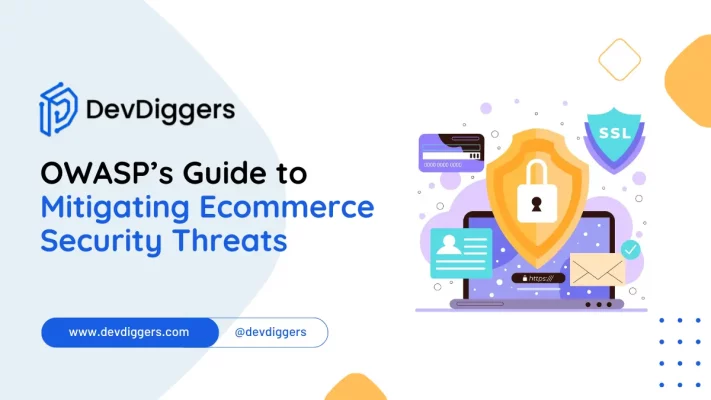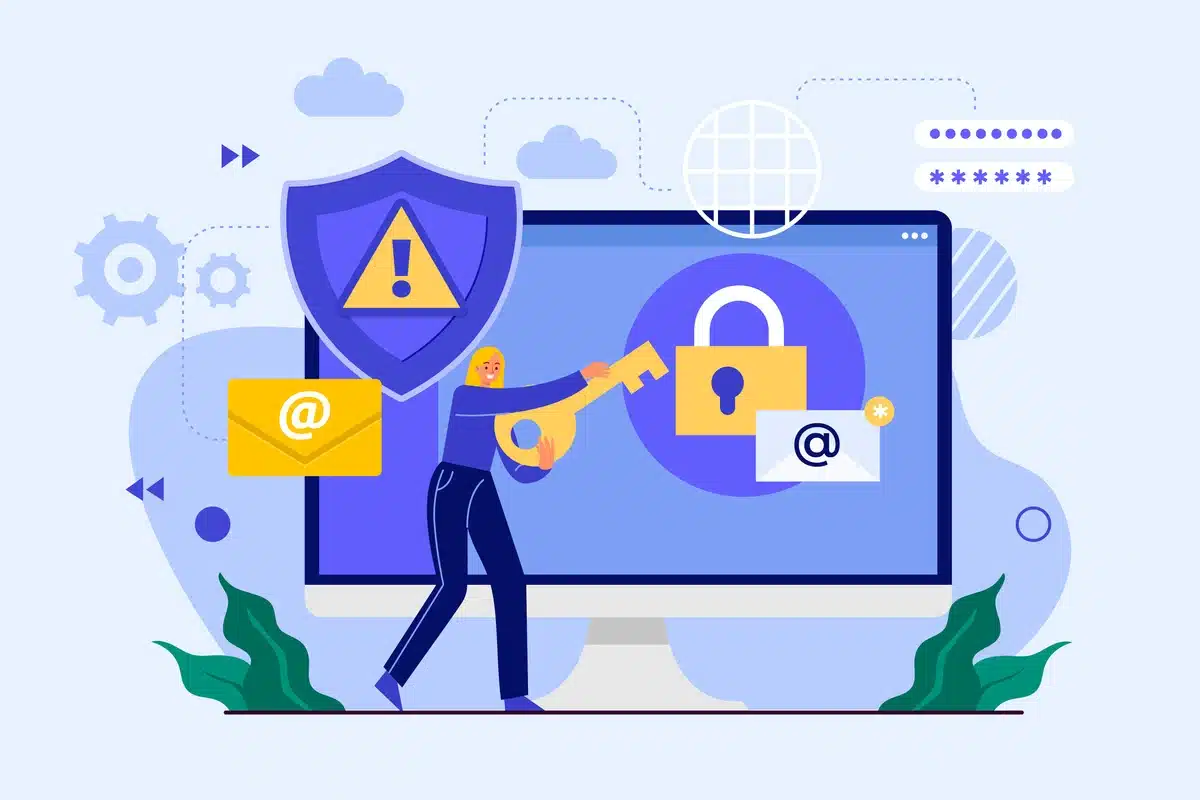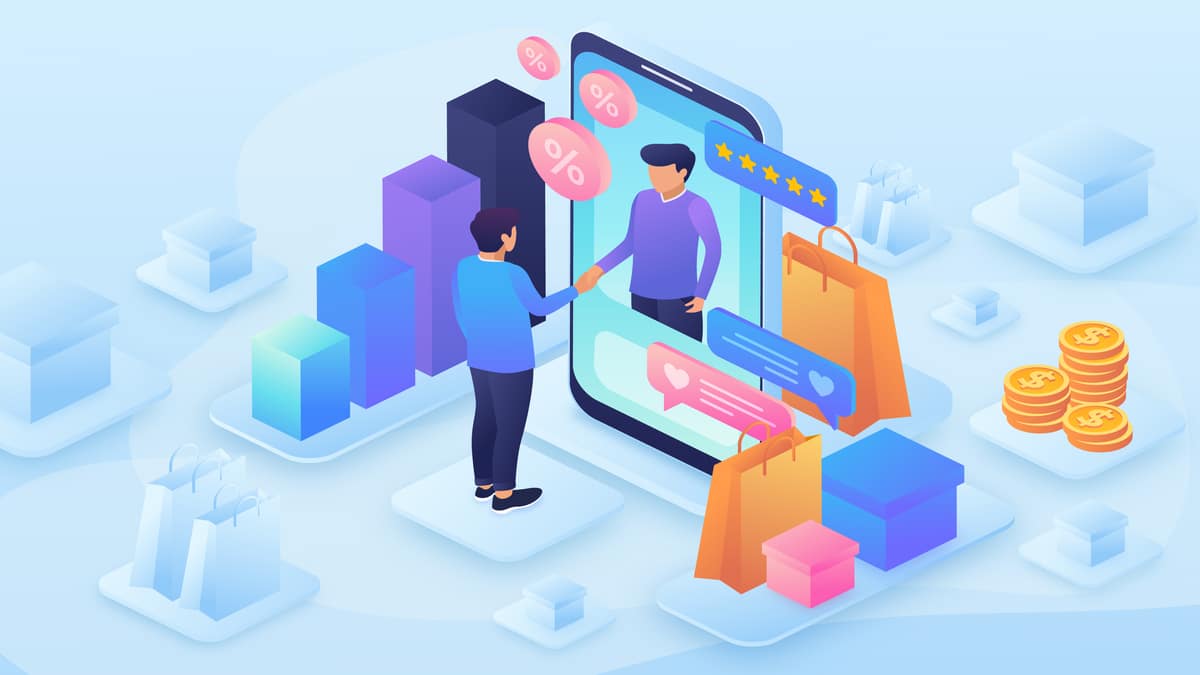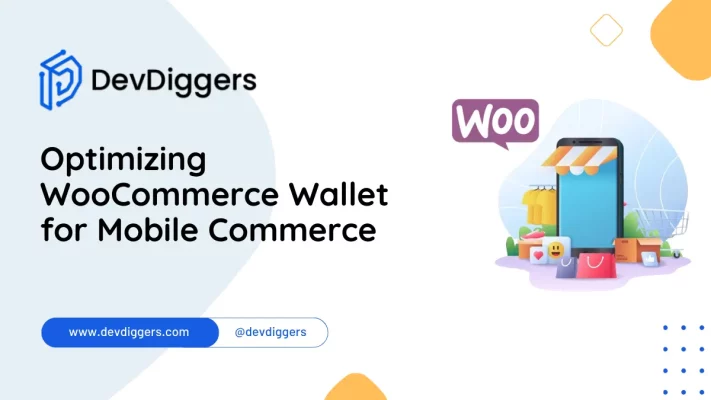OWASP’s Guide to Mitigating Ecommerce Security Threats

Ecommerce is booming, and many traditional businesses are moving online. Current reports show over 2.5 billion people shopped online in 2022 and 2.64 billion in 2023. Ecommerce websites make buying and selling easy. As online shopping increases, security problems increase, too.
There are more cases involving payment fraud, data breaches, and cyberattacks. These are serious security issues in eCommerce that are causing major problems.
Due to these issues, online enterprises lose reputation, money, and customers. The Open Web Application Security Project (OWASP) was formed to help eCommerce businesses solve security-related problems. The team published the OWASP Top 10 biggest issues that affect eCommerce.
It is important to keenly observe the OWASP guideline code and tips. This can help find and fix these 10 types of eCommerce security and beyond. Fixing these issues protects business data and keeps everyone safe.
Table of Contents
What is OWASP?
OWASP stands for Open Web Application Security Project. It is a non-profit security group focused on improving software and network security. The team publishes free information and guides for app developers and cybersecurity experts, helping them build secure web apps. OWASP is popular for its detailed OWASP Top 10 list.
This list explains the important issues affecting web apps. It aims to spread knowledge about software security and help concerned entities and individuals make wise security and protection decisions.
The OWASP top 10 is a critical guide to help stakeholders understand the important types of eCommerce security issues. Developers who follow the OWASP secure coding practices create stronger apps. The OWASP principles lean towards a proactive approach. They focus on including software development best practices in every phase.
Implementing the OWASP top 10 ensures developers mitigate common attack issues. They prevent injection attacks, vulnerable authentication, and data exposure. The OWASP top 10 includes several key principles. Top among them is input validation to ensure all data entered is accurate and safe.
The concerned entities must securely manage access controls into any software part. They must ensure only the right people access software data. This also includes good session management to enhance security while being used.
The OWASP top 10 provide detailed resources for dealing with common security problems. These are serious threats affecting every business. The OWASP resources help organizations identify and fix these threats.
The team regularly reviews the security and coding best practices guide. Developers and organizations should visit the OWASP platform often to stay familiar with updated guidelines.
This way, they will protect themselves, systems, and users from attacks. This guideline ensures that targeted stakeholders take issues seriously. It ensures every software has strong built-in measures. This measure has to start at the development phase to make apps more secure and trusted.
The OWASP Top 10 Websites and Apps Security Problems

The OWASP top 10 guideline lists security problems seriously affecting eCommerce, including applications and websites. The guide aims to help online entities identify and fix these security issues in eCommerce. This list contains the 10 main types of eCommerce security.
- XML External Entities (XXE): This happens due to the inclusion of external entities in XML processes.
- Broken Authentication: This happens due to poor access permission procedures. It leads to password and session token theft.
- Broken Access Control: This happens when entities fail to follow users’ permissions properly.
- Injection: This happens when malicious software is added to an app or website.
- Exposure of Sensitive Data: This happens to personal and banking data that is not secured well.
- Insecure Deserialization: Insecure serialization causes data manipulation attacks.
- Misconfigured: This is a situation where security settings are not configured correctly.
- Use of Apps with Known Vulnerable Components: In this scenario, entities use outdated apps with insecure parts.
- Cross-Site Scripting (XSS): This breach happens after a malicious script is added to a secure website.
- Insufficient Logging and Monitoring: This happens when an entity fails to include strong logging and monitoring protocols. It denies them the chance to detect breaches when they happen.
Why are App and Network Security in Ecommerce Important?
App and network security in eCommerce play an important role. It helps eCommerce enterprises and online shoppers to be safe. Ecommerce platforms manage vast amounts of financial and personal data. These large volumes of information are of great interest to hackers.
They try to gain access to online stores to steal this data. Sometimes, they succeed and cause serious financial losses to online businesses. Breaches lead to damaged reputations and extensive legal battles. Customers lose trust in the platform, which could lead to its closure.
Important App and Network Security in Ecommerce
- Phishing: Online criminals use psychological manipulation to get information from users. They let users think the message or attachment is genuine.
- Payment Fraud: It occurs when hackers steal financial information and use it to authorize payments. They could steal credit card or bank information and access data.
- DDoS Attacks: Cybercriminals send overwhelming requests to an eCommerce platform, crashing the system and causing sales loss. This guide will help you protect against DDoS attacks on WordPress.
- Data Breaches: It occurs after attackers gain access to eCommerce data. It leads to financial fraud, personal data and identity theft.
- SQL Injection: It occurs when attackers insert malicious code into an app or database. They use the code to manipulate software behavior.
Protection Guide Against Security Issues in Ecommerce

Many types of eCommerce security challenges affect online businesses. The issues could significantly affect applications and network security in eCommerce. Protection measures include the following.
MFAs (Multi-Factor Authentication Measures)
MFA is an eCommerce protection measure targeting system access. It requires users to prove authenticity.
They must enter identity proof more than once, which confirms that they are authorized to access and use the system. This protection measure minimizes the risks caused by unauthorized access.
Data Encryption
Data encryption is a coding-based measure for protecting eCommerce information. The method protects stored and system data.
It keeps information safe from malicious people. Authorized people get access codes to help decrypt the data.
Conduct Regular Audits
Keep a close eye on everything happening within your eCommerce system. Understand the common types of eCommerce security.
Test the strength of protection measures. Regular audits help identify and fix many issues in eCommerce.
Secure the Payment Gateways
Payment gateways play an important role in the success of eCommerce platforms. However, hackers target these entry points as a major target.
Their security ensures all transactions are received and processed securely. Implement data encryption, firewalls, and SSL protocol.
Educate Users
Train users about the common types of eCommerce security. This training should include workers and customers.
It is useful for breach and data theft prevention, as it prevents users from making mistakes that could cause vulnerabilities.
Advanced Security Practices for Ecommerce
Ecommerce enterprises should adopt measures beyond the basics. They should implement advanced practices to boost data and system protection.
These network security in eCommerce practices should include several proactive strategies. These strategies help address complicated threats and eCommerce vulnerabilities.
Implementing advanced strategies can boost eCommerce platform safety. It attracts vibrant defense mechanisms against existing and new risks, minimizing the damage due to breaches. Online businesses can implement various advanced measures.
Secure Software Development Lifecycle (SDLC)
SDLC is an advanced measure targeting security implementation in every development phase. Developers implement strong features from the initial phase to the end.
This approach helps developers identify gaps and fix them quickly. It also lets them address security problems and minimize recovery time, boosting data integrity and customer trust.
Application Security Testing
Regular app testing is important for real-time vulnerability identification. It helps developers and online entrepreneurs address issues quickly. Several security testing strategies help online businesses achieve this.
They include dynamic and static analysis. These tests identify hidden gaps and protect apps from potential attacks.
Incident Response Plan
An incident response plan is an approach focused on impact mitigation and management. The strategy outlines detection protocols, including response and recovery procedures. The plan breaks down individual roles and communication procedures.
It outlines steps for reducing damage and quick operation restoration. A proper response plan reduces recovery time. It protects data integrity and customer trust.
Web Application Firewalls (WAF)
A WAF is an important online business app protection tool. This tool filters HTTP traffic and monitors online traffic.
It detects and blocks suspicious requests before they affect an app. WAF protects eCommerce platforms from web app breaches like XXL and SQL injection.
Threat Intelligence
Threat intelligence is a measure where online businesses collect and analyze threat data. This data shows current and emerging cyber threats.
Threat intelligence is a proactive online security approach that is useful for eCommerce. It prepares online business platforms to predict possible attacks. Accurate prediction helps them prepare by strengthening their systems.
Guide to Implementing OWASP Tips for Enhanced Ecommerce Security

Every online entrepreneur should prioritize eCommerce safety. Secure applications and websites protect online businesses from hackers.
The OWASP top 10 defines the common eCommerce security problems and contains possible hacks for presenting and securing online enterprises.
These tips help eCommerce platforms implement the OWASP enhancement guidelines.
- Have Strong Measures in Place: Every problem detected should have a solution. Have a detection and fixing plan. Set up a plan to check secure data input and authorized access.
- Monitor Ecommerce Security: Use tools to check and find vulnerable entry points. Closely check the website security, payment gateways, and data store.
- Test Ecommerce Security Often: Conduct regular tests to ensure all apps and protocols work. These tests detect new threats and help with mitigation. They should also include gap scans, hacking, and code testing.
- Prioritize the OWASP Top 10 Risks: OWASP lists the 10 riskiest threats to eCommerce. Know them and plan for their fixes. Test whether your team knows them and the right preventive measures.
- Keep an Updated Security Policy: Create guidelines for everyone, including customers. Include policies like incidence response protocols and compliance security. Update these guidelines often and ensure they align with GDPR and CCPA standards.
- Implement Popular Security Frameworks: Build structured and strong frameworks. Examples are the PCI DSS or ISO 27001.
- Train Users: Regularly train users, especially employees. Equip them with knowledge of OWASP guidelines. Help them identify possible threats and teach them how to respond.
- Work with Trusted Developers and Vendors: Review third-party eCommerce apps and platforms before adopting them, and review developers before engaging them in eCommerce software development.
What is the Future of Ecommerce Security?
Ecommerce security is set to experience significant changes in the future. This will be driven by advancing cyber threats and technology that hackers use.
Artificial intelligence and machine learning are changing the face of eCommerce security. It is empowering security software to predict threat possibilities using data.
At the same time, it is strengthening cybercriminals, who also use AI to their advantage. This has created a direct tussle between organizations strengthening their AI defenses and cyber criminals trying to break into their systems using the same tech.
Blockchain technology also transforms online business security, attracting greater transparency and safety. Data security guidelines like GDPR and CCPA are also shaping the future of eCommerce security.
Innovative technologies like biometrics, cloud computing, and MFA will greatly affect online shopping. Currently, online shoppers want more protection and platform trust.
Online entrepreneurs want more customers and protection against cyber threats. To stay ahead, future security will be driven by advanced and smart innovation.
Ecommerce platforms must implement solid and trustworthy safety solutions for everyone. This will attract unprecedented growth and online shopping experience in the online commerce world.
Conclusion – What’s Next for Ecommerce Cybersecurity?
Ecommerce platforms today are dealing with more advanced threats. Hackers in modern times use AI and machine learning to improve attack approaches.
This makes online business security critically important. The OWASP best practices protect apps, data, and websites. Implement these practices to protect your customers and online business platforms.
Technology and innovations are constantly changing. The hackers’ world is changing, too, and becoming smarter. Online entrepreneurs should take proactive measures.
They must understand current and emerging risks affecting online business. This is the best way to protect apps and data and attract customer trust.




